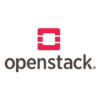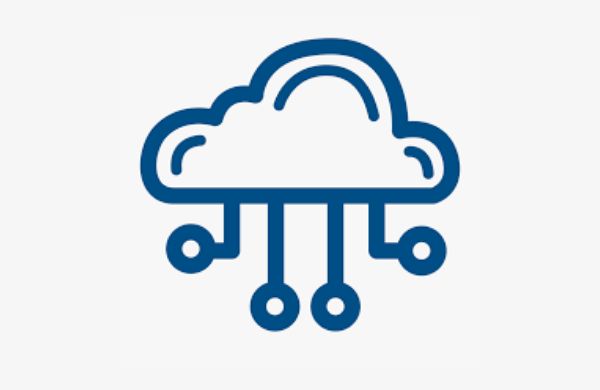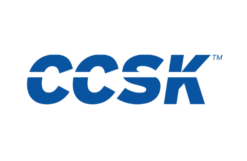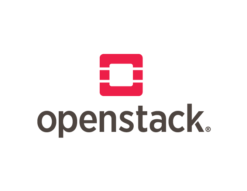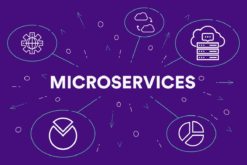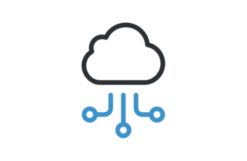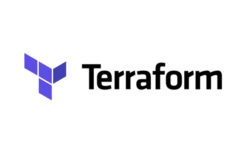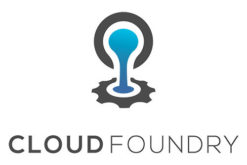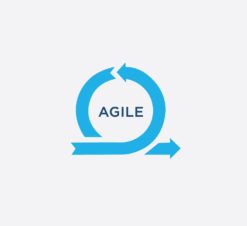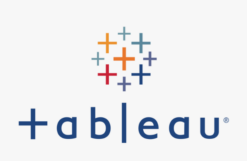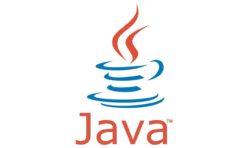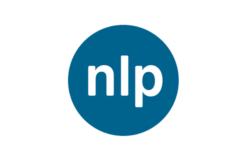Course Overview:
The Cloud Technology Associate (CTA) course defines cloud computing and virtualization and explains the benefits and applications. Technology is explained in a vendor-neutral way. A lab activity is included which enables participants to understand the cloud practically. Besides, the course is contemporary with the inclusion of the latest cloud technologies and applications. Subsequently, the risks of cloud computing are pointed out as well as ways of managing these risks. In the final part of the course, the process of making choices in the adoption process of the cloud is explained and cloud service management is broken down into details.
The course is an excellent way to prepare professionals who are considering cloud computing in their organizations
Course Objectives:
- Identify the fundamental concepts of cloud computing and virtualization including business benefits of cloud computing and technical aspects (high-level) of virtualization.
- Identify the technical challenges and the mitigation measures involved in cloud computing and virtualization.
- Identify the characteristics of cloud applications.
- List the steps to successfully adopt cloud services.
- Define cloud security and identify the risks involved in cloud computing as well as risk mitigation measures.
- List the factors involved in the implementation of different cloud models.
Pre-requisites:
There are no formal prerequisites; however, it is recommended that participants have:
- 6+ months of experience in Internet/web technologies
- Some basic knowledge of storage and network technologies (preferred)
Target Audience:
- IT Managers and Solution Consultants
- IT Specialists (Analysts, Developers, Architects, Testing, etc.)
- IT Administrators (System, Database, etc.)
- IT Provisioning and Maintenance (Hardware, Network, Storage, etc.)
- The secondary audience includes Sales, Purchase, Audit, and Legal professionals.
Course Duration:
- 21 hours – 3 days
Course Content:
Introduction to Cloud Services Model:
- Review Traditional Computing Challenges and Concerns
- Cloud Computing Concepts, History, and Definitions (Characteristics, Service Models, and Deployment Models)
- Activity Time: Cloud Services Values
- Cloud Computing Benefits and Challenges, Best and Least Suited Application Profiles and APIs
- Activity Time: Case Study Assignment
- Cloud Reference Architecture and Common Terminologies
- Activity Time: Comparison of On-Premise and Cloud-Based Cost Analysis
Introduction to Virtualization: The backbone of technology of Cloud Computing
- Virtualization: Definition, Concepts, History, and Relationship to Cloud Computing
- Virtualization: Benefits, Challenges, Risks, and Suitability to Organizations
- Hypervisor: Role and Purpose in Virtualization and the Various Types of Hypervisor
- Virtualization: Terminologies/Features
- Activity Time: High Availability Calculation
- Virtualization: Different Types of Virtualization
- Activity Time: Demo: Create, Manage, and Access Virtual Resources in the Cloud
Overview of Cloud Technologies and Applications:
- Bring Your Own Device (BYOD) and MDM + EMM
- Software-Defined Networking (SDN)
- Network Functions Virtualization (NFV)
- Big Data Analytics, NoSQL, NewSQL, and Internet of Things (IoT)
- Activity Time: Comparison of RDBMS, NoSQL, and NewSQL
- Activity Time: Case Study Assignment
Cloud Security, Risk, Compliance, and Governance:
- Security, Risk, Compliance and Governance Definitions
- Impact of Cloud Essential Characteristics
- Activity Time: Impact of Cloud Essential Characteristics
- Impact of Cloud Service Models
- Impact of Cloud Deployment Models
- Activity Time: Impact of Cloud Deployment Models
- Best Practices and General Cloud Security Recommendations
Preparing for Cloud Adoption:
- Cloud Strategy and Roadmap Preparation
- Solution Architectures: For Various Services, Deployment Models, and Organizational Capabilities
- Cloud Service Provider, SLA, and Cloud Migration
- Activity Time: Cloud Adoption Strategy
- Activity Time: Case Study Assignment
Cloud Service Management:
- CSM Overview: Definition, Architecture, Lifecycle, Actors
- CSM: Business Support
- CSM: Provisioning and Configuration
- CSM: Portability and Interoperability
- Cloud Management Platforms
- Activity Time: Identify Cloud Service Management Features of an Organization
- Activity Time: Case Study Assignment



